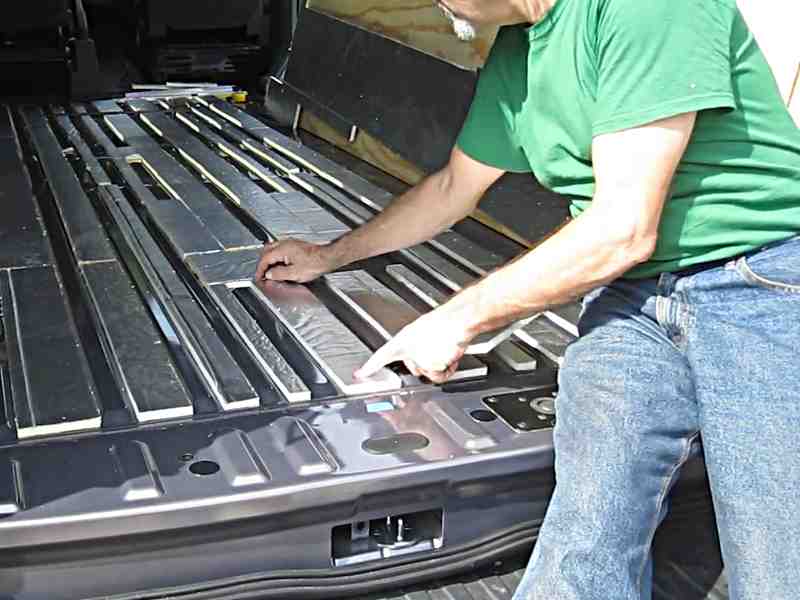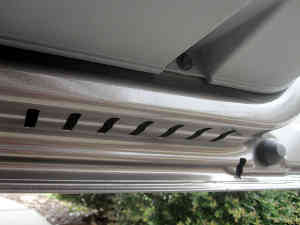cargovanconversion
Well-known member
- Joined
- Feb 17, 2012
- Messages
- 289
- Reaction score
- 0
I've been meticulously documenting my van conversion as a reference tool for others, for them to know what every little step of a conversion really means and whether they might be able to do it.
Currently I'm working on the sub-floor and have just published part three of the installation.
I've been laying poly-iso boards between the ribs of the floor of my Ford Transit.

You can read about all the details, see photos and view the video here.
Or part 2: Paper Plywood Templates
Or part 1: Tie Downs & Wheel Wells
Enjoy!
Van Williams
[font="Helvetica Neue",Helvetica,sans-serif]Save[/font]
Currently I'm working on the sub-floor and have just published part three of the installation.
I've been laying poly-iso boards between the ribs of the floor of my Ford Transit.

You can read about all the details, see photos and view the video here.
Or part 2: Paper Plywood Templates
Or part 1: Tie Downs & Wheel Wells
Enjoy!
Van Williams
[font="Helvetica Neue",Helvetica,sans-serif]Save[/font]




